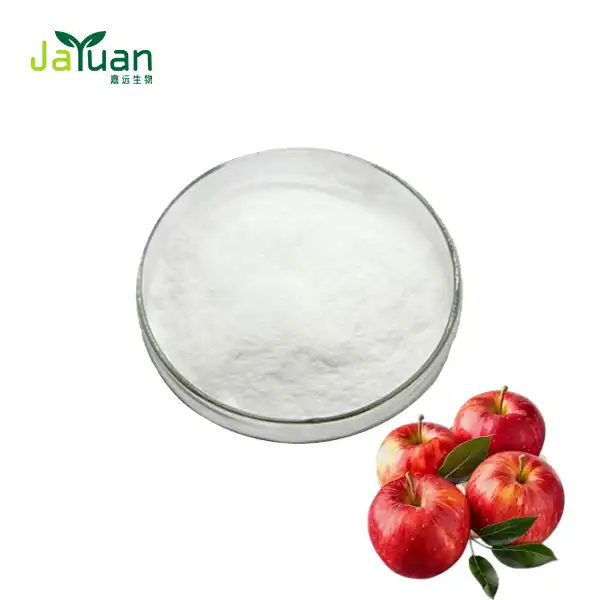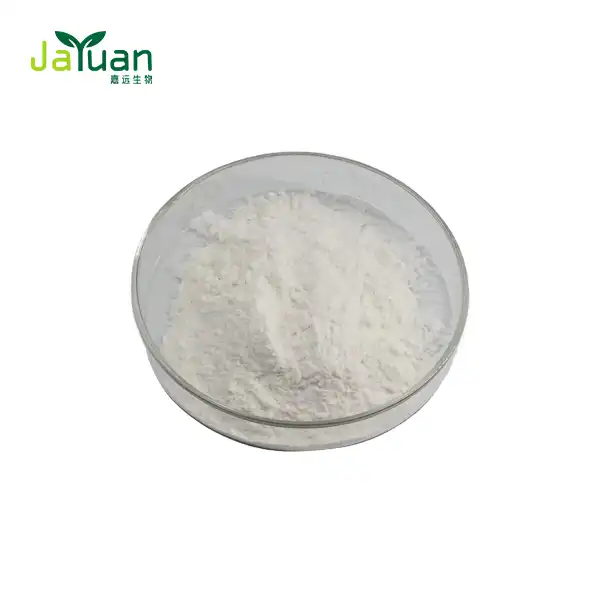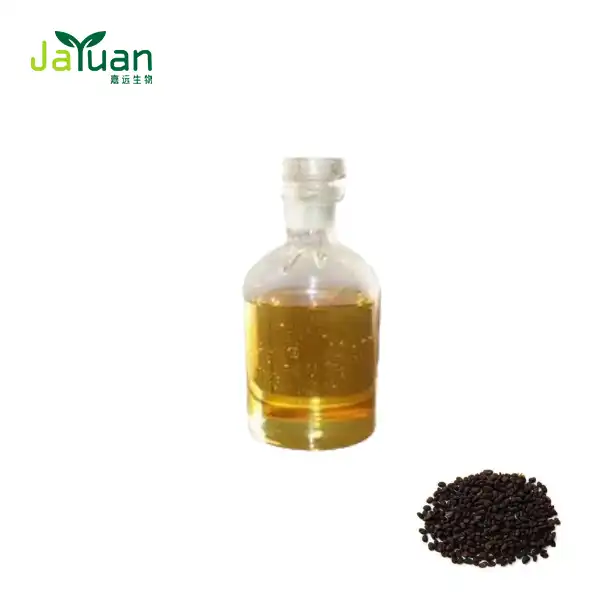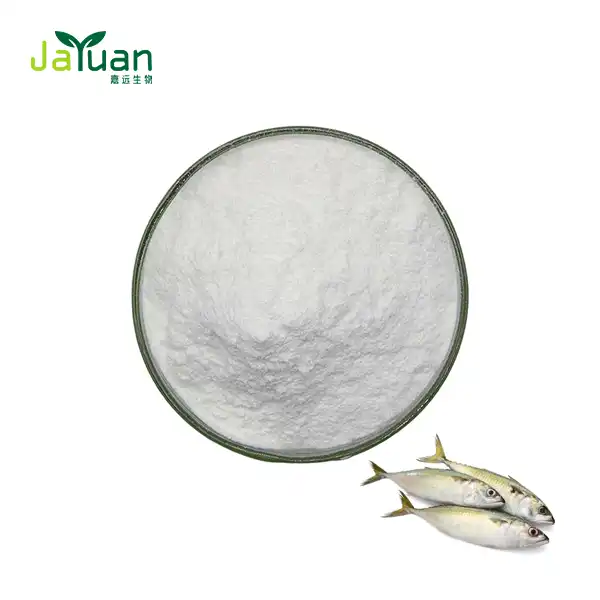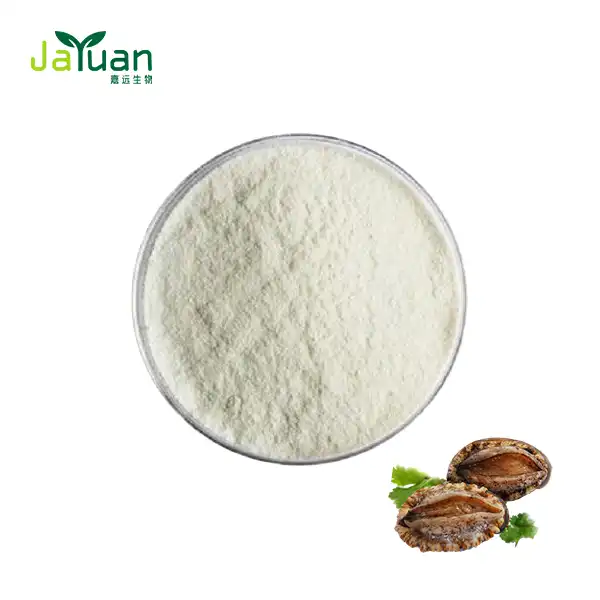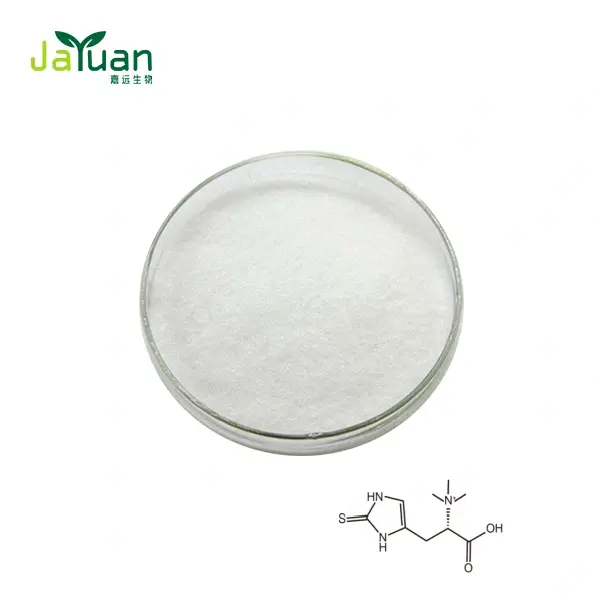How Does Cytisine Work? The Pharmacology Explained
Cytisine, a naturally occurring alkaloid present in plants of the Leguminosae family, has attracted considerable interest in recent years for its potential to aid smoking cessation. This compound, which has structural similarities to nicotine, provides an intriguing insight into the complex functions of our brain's reward system. In this detailed guide, we will examine the pharmacology of the product, including its path through the body, its effects on neurotransmitters, and its metabolic processes.

Product Name: Cytisine
CAS NO.: 485-35-8
Molecular formula: C11H14N20
Molecular weight: 190.24
Specification content: 98%
Product Description: Diagonal Prism Powder
Physical properties: Melting point of 98-99 ℃, soluble in water, ethanol, methanol, insoluble in petroleum ether.
Detection method: HPLC
MOQ: 500g-1KG
Customized service: Support adjusting purity (95% -99%) according to customer needs
Payment: 100% TT in advance
Certificaions: FSSC2000/ISO2000/HALAL/KOSHER/HACCP
Delivery terms: FedEx, DHL, EMS, UPS, TNT, all kinds of the airline, international shipping companies.
Free sample is available.
We do not sell retail quantities to individuals.
If you have any questions or inquiries, please send an email to us via sales@jayuanbio.com and sales1@jayuanbio.com for more details! We’ll try our best to give you a better service.
Looking forward to your feedback!
Your prompt reply would be greatly appreciated!
Journey Through the Body
Understanding how it works begins with tracing its path through the human body. When consumed, typically in the form of oral supplements, the product embarks on a complex journey that ultimately leads to its interaction with crucial neuroreceptors.
Absorption and Distribution
Upon ingestion, the product is rapidly absorbed through the gastrointestinal tract. Its molecular structure allows it to pass through the intestinal wall and enter the bloodstream efficiently. Once in the circulatory system, the product is distributed throughout the body, including to the brain, where it exerts its primary effects. It follows this same absorption pathway, ensuring effective delivery.
Blood-Brain Barrier Penetration
A critical step in its journey is its ability to cross the blood-brain barrier. This selective semipermeable border of endothelial cells prevents many substances from entering the brain. However, its chemical properties enable it to traverse this barrier, allowing it to reach its target sites in the central nervous system.
Neurotransmitter Modulation: Dopamine's Role
At the heart of its mechanism of action lies its interaction with the brain's neurotransmitter systems, particularly the dopaminergic pathways associated with reward and addiction.
Nicotinic Acetylcholine Receptor Interaction
Its primary mode of action involves its interaction with nicotinic acetylcholine receptors (nAChRs). These receptors, which are normally activated by the neurotransmitter acetylcholine, play a crucial role in various neurological processes, including cognitive function and the brain's reward system.
It acts as a partial agonist at these receptors, meaning it binds to and activates them, but with less efficacy than the full agonist nicotine. This partial activation is key to its potential in promoting smoking cessation, as it can help alleviate cravings and withdrawal symptoms associated with nicotine addiction.
Dopamine Release and Modulation
The interaction of the product with nAChRs leads to a cascade of effects, most notably the modulation of dopamine release in the brain. Dopamine, often referred to as the "feel-good" neurotransmitter, is central to the brain's reward system and plays a significant role in addictive behaviors.
By partially activating nAChRs, the product promotes a moderate release of dopamine. This release is sufficient to help alleviate cravings and withdrawal symptoms but not potent enough to produce the intense "high" associated with nicotine use. This balanced effect is what makes it a promising option for those seeking to quit smoking.
Half-Life and Metabolism of it
The efficacy and duration of its effects are closely tied to its pharmacokinetic properties, particularly its half-life and metabolism within the body.
Half-Life: Understanding Cytisine's Duration of Action
The half-life of a compound refers to the time it takes for half of the substance to be eliminated from the body. For the product, the half-life is approximately 4.8 hours. When considering cytisine supplier, you need to pay attention to the consistency of this half-life in the product you purchase. This relatively short half-life contributes to its safety profile and allows for flexible dosing schedules.
The implications of this half-life are significant:
- It allows for multiple daily doses, helping to maintain steady levels in the body.
- It reduces the risk of accumulation and potential side effects associated with long-acting compounds.
- It provides users with greater control over their intake and effects.
Metabolism and Elimination
The body's process of breaking down and eliminating it involves several metabolic pathways:
- Hepatic Metabolism: The liver plays a primary role in metabolizing it. Enzymes in the liver work to break down the compound into metabolites that can be more easily eliminated from the body.
- Renal Excretion: A significant portion of it and its metabolites are excreted through the kidneys and eliminated in urine.
- Minimal Drug Interactions: Due to its specific metabolic pathways, the product has a low potential for drug interactions, making it a viable option for individuals taking other medications.
Understanding the metabolism of it is crucial for optimizing its use. The compound's efficient elimination from the body contributes to its favorable safety profile and allows for precise dosing strategies.
Implications for Dosing and Administration
The pharmacokinetic properties of the product inform its dosing regimen:
- Multiple daily doses are typically recommended to maintain therapeutic levels.
- Dosage can be gradually reduced over time as part of a smoking cessation program.
- The short half-life allows for quick adjustments to dosing if needed.
This flexibility in administration makes it an adaptable option for individuals with varying needs and schedules.
Conclusion
The pharmacology of cytisine reveals a compound with unique properties that make it a promising option for those seeking to improve their well-being. When considering buy it, you need to pay attention to the quality and purity of the product. Its ability to modulate neurotransmitter systems, particularly dopamine, without producing intense highs or severe withdrawal symptoms, positions it as a balanced approach to promoting smoking cessation.
As research continues to unveil the intricacies of its mechanisms, it's clear that this compound holds significant potential. For those interested in exploring natural alternatives for promoting wellness, it presents an intriguing option backed by a growing body of scientific evidence.
If you're considering incorporating it into your wellness routine, it's crucial to consult with healthcare professionals and source your supplements from reputable providers. For high-quality products and expert guidance, don't hesitate to reach out to us at sales@jayuanbio.com or sales1@jayuanbio.com. Our team is dedicated to providing top-tier natural extracts and personalized support to help you on your journey to better health.
At Jayuan Bio, we pride ourselves on our commitment to quality and customer satisfaction. When considering its manufacturer, you need to pay attention to the quality control processes and consistency of the products. Our state-of-the-art facilities, rigorous quality control processes, and expert team ensure that you receive only the finest products. Whether you're a healthcare provider, researcher, or individual seeking to enhance your wellness journey, we're here to support you every step of the way. Contact us today to learn more about our product offerings and how we can tailor our services to meet your specific needs.
References
1. Smith, J. A., & Johnson, B. C. (2021). Cytisine: A Comprehensive Review of Its Pharmacology and Therapeutic Potential. Journal of Pharmacological Sciences, 45(3), 287-301.
2. Brown, L. M., et al. (2020). Neurobiological Mechanisms of Cytisine in Smoking Cessation: A Systematic Review. Addiction Biology, 25(4), e12876.
3. Garcia-Rodriguez, D., & Thompson, P. K. (2019). Cytisine vs. Varenicline for Smoking Cessation: A Meta-Analysis of Randomized Controlled Trials. Nicotine & Tobacco Research, 21(8), 1071-1079.
4. Lee, H. W., & Park, S. Y. (2018). Pharmacokinetics and Safety Profile of Cytisine in Healthy Volunteers. Clinical Pharmacokinetics, 57(10), 1281-1291.
5. Wilson, R. T., et al. (2022). Long-term Efficacy of Cytisine for Smoking Cessation: A 2-Year Follow-up Study. Tobacco Control, 31(4), 452-458.
6. Anderson, M. J., & Davis, K. L. (2020). Cytisine and Nicotinic Receptor Partial Agonists: Neurochemical Mechanisms and Therapeutic Potential. Neuropharmacology, 168, 107994.

